Headphones, earphones, headsets, ears - A beloved child has many names, and this especially applies to headphones. For under the term headphones hides a sea of different designs, sizes, models, and applications. The headphone market can be a jungle to navigate, which is why we have created this guide to give you the best opportunity to make the right choice!
The history of headphones
The first set of headphones as we know them today was invented in 1910 by engineer Nathaniel Baldwin. All sets he produced were made by hand, at his dining table at home.
In 1958, John Koss came up with an idea that would prove to change headphones forever. Until 1958, all headphones sent the same signal to both sides. But John Koss developed a set of headphones that played in stereo. This was revolutionary for those who used their headphones to listen to music.
In 1979, Sony launched their Walkman, and along with the Walkman came a set of headphones. Sony ended up selling over 400 million units of their Walkman, and headphones were to be found in every home!
In late 2001, Apple launched their iPod. With each iPod came a set of in-ear headphones, in white. The white headphones were an extremely important part of Apple's marketing of the new iPod and helped make the in-ear headphones a favorite for many people. Everywhere you could see the white wires, which almost became synonymous with Apple's products, to this day Apple exclusively uses the white color for all their in-ear headphones!
Today, headphones are found in virtually every home. Nowadays, headphones for some are as much an accessory as they are headphones. But headphones have also evolved to be the preferred way to listen to music on the go, in the music studio, on runs. At the same time, they are also indispensable tools for DJs and an important tool for gamers worldwide!
Over-ear headphones
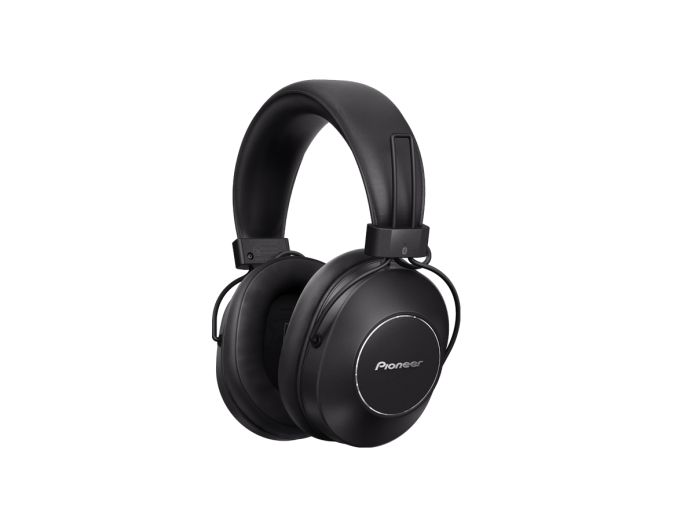
Over-ear headphones are a common term for headphones where the ear cups sit over (around) the ear. Over-ear headphones are often used for studio, gaming, and DJ use, as the closed cups keep external sounds out, and at the same time ensure that the sound from the headphones does not leak out.
Over-ear headphones are also often very comfortable to wear, as they support the top of the head with a headband, and cushions on the ear cups prevent them from squeezing on the sides of the head.
On-ear headphones
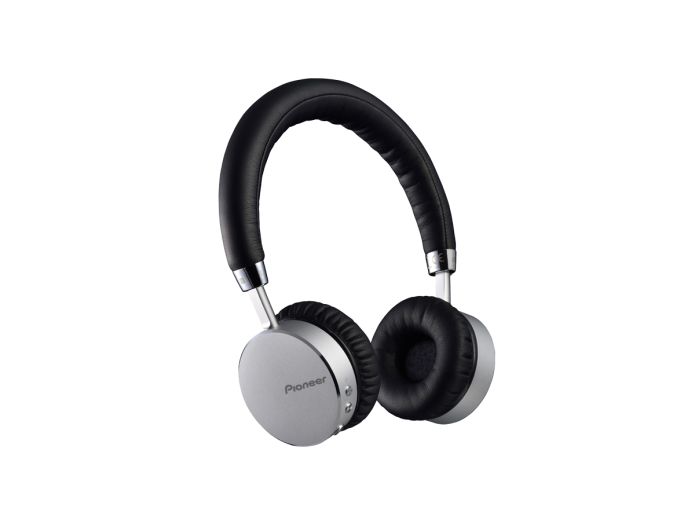
On-ear headphones look very similar to over-ear headphones in appearance. The biggest difference between the two types is the size of the ear cups. Whereas the cups on over-ear headphones are large in diameter to go around the ear, the ear cups on on-ear headphones are smaller. This means that on-ear headphones, as the name suggests, sit on the ear itself.
On-ear headphones still deliver a good, powerful sound and are often less warm to wear than over-ear headphones, but they are not as good at blocking unwanted sound. On-ear headphones are often used in places such as call centers where they help employees tolerate wearing their headsets for long periods of time.
In-ear headphones
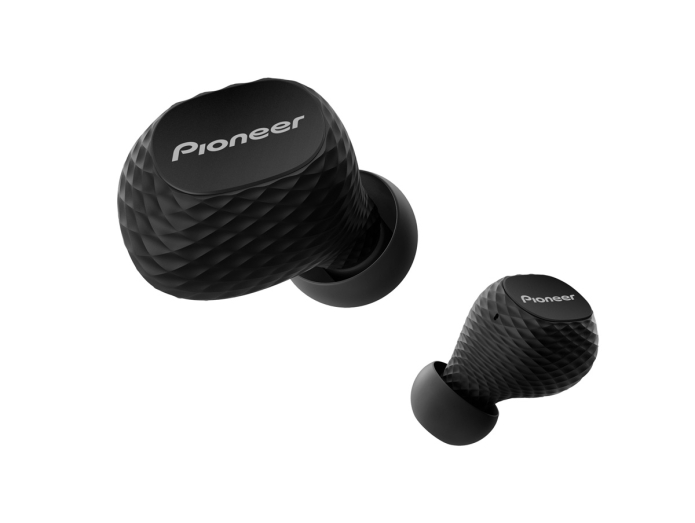
In-ear headphones are the versions of headphones that you insert into the ear. Many will probably be familiar with Apple's classic earbuds, which are probably the most common in-ear headphones. In-ear headphones are super practical. They don't take up much space, they are easy to carry around, and some of them are wireless. In-ear headphones are the preferred choice for many for sports and fitness, as they are lightweight and do not irritate during phys
Another place where in-ears are often used is in stage performances. You have probably seen artists adjusting something in their ears while they are on stage. These are their in-ears they use to hear what the others on stage are playing. They are almost invisible but still deliver fantastic sound!
Some models of in-ear headphones use small rubber tips on the part that goes into the ear. This ensures that the headphones stay in place but also helps to block out sounds from the surroundings, so you are not disturbed when the music is playing!
Studio headphones
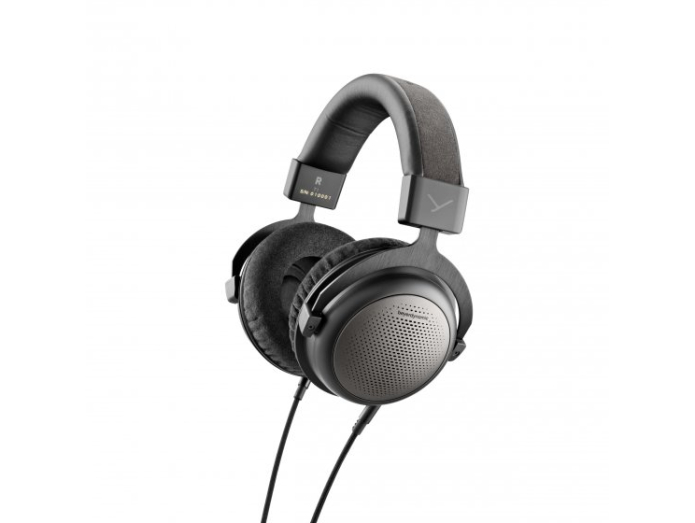
If you spend a lot of your time making music or doing mixing and mastering, a good set of studio headphones is indispensable. Studio headphones are often over-ear headphones designed to reproduce sound neutrally and with a wide frequency range so that all nuances in the music can be heard.
Open back
When looking at studio headphones, you may come across the term "open back". This means that instead of the headphone cup being made in one solid piece, the back part of the cup is open, which has a range of both advantages and disadvantages.
In a closed cup, there can be "accumulation" and resonance from the low frequencies. This is addressed by the open back of open back headphones. By allowing the air to escape at the back, these resonances do not occur, and the bottom end (the low frequencies) can stand out clearly. This is one of the reasons why open back headphones are great for critical listening to music or mixing and mastering tracks!
However, the open back also brings some disadvantages. Because the back is open, an open back headphone does not seal off sound as well, both incoming and outgoing sound. This means that for everyday use, such as using them on a noisy train, in a library where others may be disturbed by sound, or similar situations, a set of open back headphones would not be the optimal solution.
DJ headphones

DJ headphones are not just a tool to look extra cool when standing behind the decks at a nightclub or festival stage. Headphones are an important part of a DJ's work, as they are used to properly mix the music together. As a DJ, you don't always have the best working conditions in terms of listening to music. Typically, the music coming out of the club's sound system will be ear-piercingly loud, making it difficult to hear what is coming out of the headphones. Therefore, the sound in DJ headphones is also different from what you will experience in your everyday headphones.
To be able to hear something through the noise from the system, the volume in a set of DJ headphones can often be much higher than other headphones. Additionally, the low frequencies are turned up. The low frequencies are where the bass drum in the music lies, and it is precisely this that is used for "beatmixing".
Finally, DJ headphones are also built to be used. They are often made of materials like aluminum or plastic with extra flexibility, so they can survive a proper party behind the DJ booth!
Gaming headset
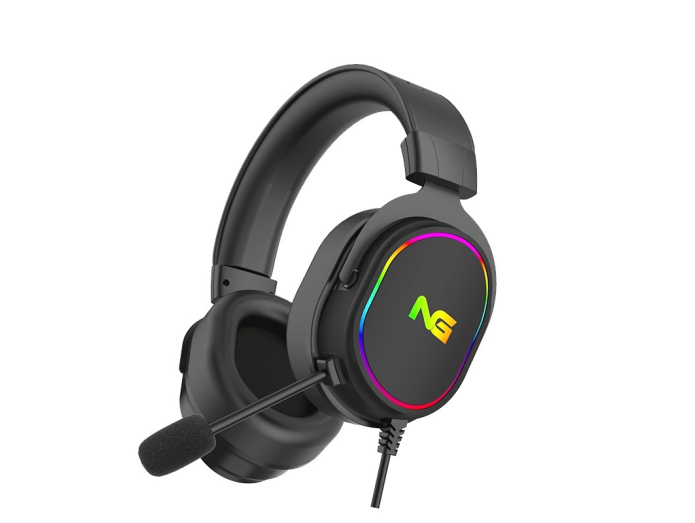
Are you going to play computer games? Then you need a gaming headset! Gaming headsets are not much different from regular over-ear headphones, but there are a few differences that make gaming headsets ideal for gaming!
Microphone
When playing computer games, one of the most important aspects of the game is communication, and unless you live close enough to your friends to be able to shout to them out the window, a microphone can be very handy! Therefore, gaming headsets also come with a microphone on the side of the headphones.
Surround
In games like CS:GO or Call of Duty where you play against others, it's nice to be able to hear where the opponent or the shots are coming from. In most gaming headsets, a surround effect is built in, allowing you to precisely hear how the sounds are coming. This is done by having multiple speaker units placed differently and can be activated depending on where the sound is coming from.
Noise cancelling
When you're searching for headphones, there's a good chance you've come across the term "noise cancelling". Noise cancelling isn't a new technology, but as technology evolves, more and more manufacturers have started incorporating it into their products. Noise cancelling does exactly what the name suggests; it removes the noise. This can be super practical if, for example, you're in noisy environments, at work, on a plane, or perhaps just walking in windy weather.
How does noise cancelling work?
When it comes to noise cancelling, you can talk about two types: Active and passive. We've already touched a bit on passive noise cancelling in the sections about over-ear and in-ear headphones. Passive noise cancelling essentially involves shielding the ear from external sounds. This works quite effectively in many cases but isn't 100% soundproof, so some external sounds can still get through.
In conjunction with passive noise cancelling, some models also utilize the active version. Active noise cancelling or ANC actively helps remove noise from the surroundings in real-time. It does this using microphones on the outside of the headphones, which pick up all the noise from the surroundings. When it detects the frequencies coming from the surroundings, it then creates a frequency in real-time that plays the opposite of the noise frequency.
By playing the opposite frequency of the noise along with the noise, it creates an effect where the frequencies cancel each other out, creating the noise cancelling effect!
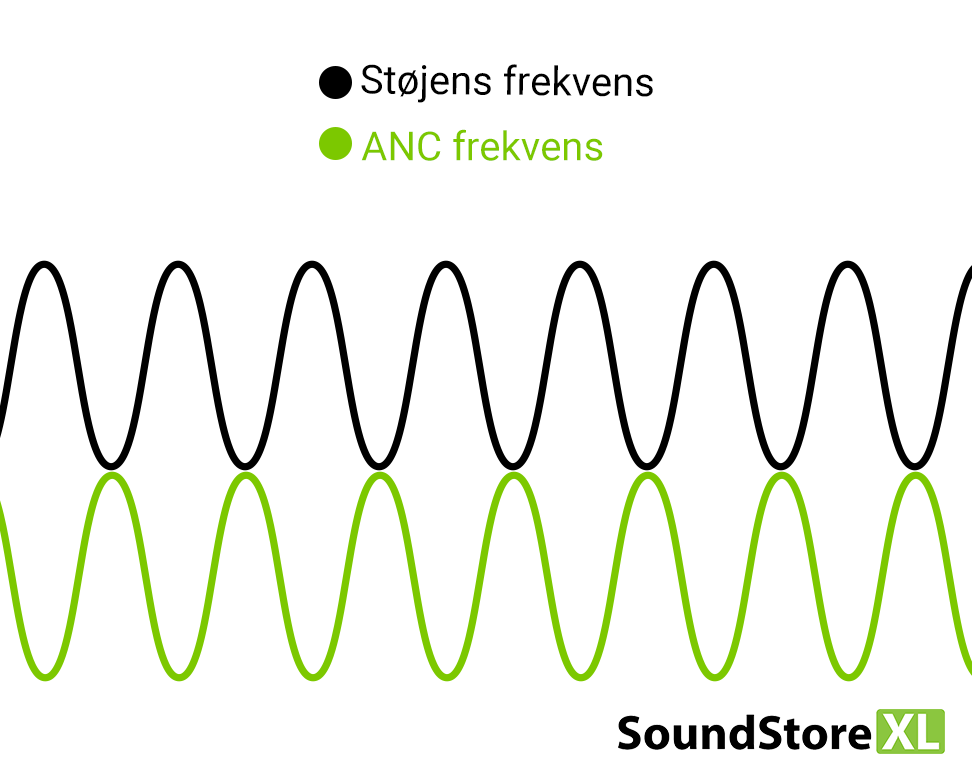
Noise cancelling naturally has its limitations. It often works best with constant noise, such as in an airplane where the cabin noise is fairly constant. This is precisely because the microphones have to pick up the sound in a split second, calculate the frequencies, and then play the opposite frequency. This is easier to do with a constant sound than with sudden loud noises. However, the interplay between passive and active noise cancelling works really well if you want the best experience while on the move or in noisy environments.
Wireless headphones
The future is wireless, and this also applies to headphones. Wireless headphones make it easier to not have to deal with wires, and wireless sound is now as good as you would get via a cable, especially if you primarily stream music from Spotify, watch videos on YouTube, and the like. Virtually all headphone designs are made in wireless versions. So no matter what you're looking for, you have the option of wireless.
Battery life
Battery life is where wireless headphones have previously had their challenges. In order to make headphones that could last a reasonably good number of hours, manufacturers had to make the headphones large and bulky to accommodate the battery. Fortunately, we live in a time where development in electronics is extremely fast, and this also applies to wireless headphones. Even small wireless in-ear headphones give you 5-8 hours of playback, and if you go for some slightly larger over-ears, we're talking over 25 hours of playback on a single charge!
Are my devices compatible?
This is a question we often encounter when our customers are buying wireless products! The smart thing about wireless headphones is that they use Bluetooth. So whether you want to use them with your phone, your computer, or your tablet, you're covered with Bluetooth headphones. Even some TVs can transmit audio wirelessly via Bluetooth!
Accessories
Amplifiers
There are special amplifiers made specifically for headphones. A headphone amplifier takes the signal from your computer, phone, TV, sound card, etc., and amplifies it. The amplifier that drives the built-in jack input in computers, phones, etc., is often not very powerful. Therefore, an amplifier can help give your headphones an extra boost!
Often, a headphone amplifier will also have multiple outputs, making it possible to have multiple headphones connected to the same audio source simultaneously, even if the source only has one output!
Replaceable Parts
Many headphones come with the option to replace various parts. Ear pads, headbands, ear tips, jack cables, etc., can easily be replaced if they wear out or if a different size fits your ears or head better.
Other manufacturers like AIAIAI have made it possible to 100% customize your headphones. Here, you can buy the cables, the headband, the speaker unit, etc., you want, and then simply assemble them so you have the exact set of headphones you desired, clever!
Adapters
If you buy headphones with a cable, you will often receive them with a 3.5mm mini-jack plug. This is also the most common in consumer electronics like phones, computers, etc. But if you need your headphones for DJ or studio use, you will often find that most outputs here will be a 6.5mm jack plug. But fear not if your jack plug has the wrong size! There are adapters that can help you with this problem! You simply and easily plug your 3.5mm mini-jack plug into the adapter, and voilà, you have a 6.5mm jack plug instead!
I hope that with this guide, you are ready to dive into purchasing your next pair of headphones, or just got answers to questions you had been wondering about!
At SoundStoreXL, our customer service is always ready to assist you if you have any questions or experience issues when buying headphones!



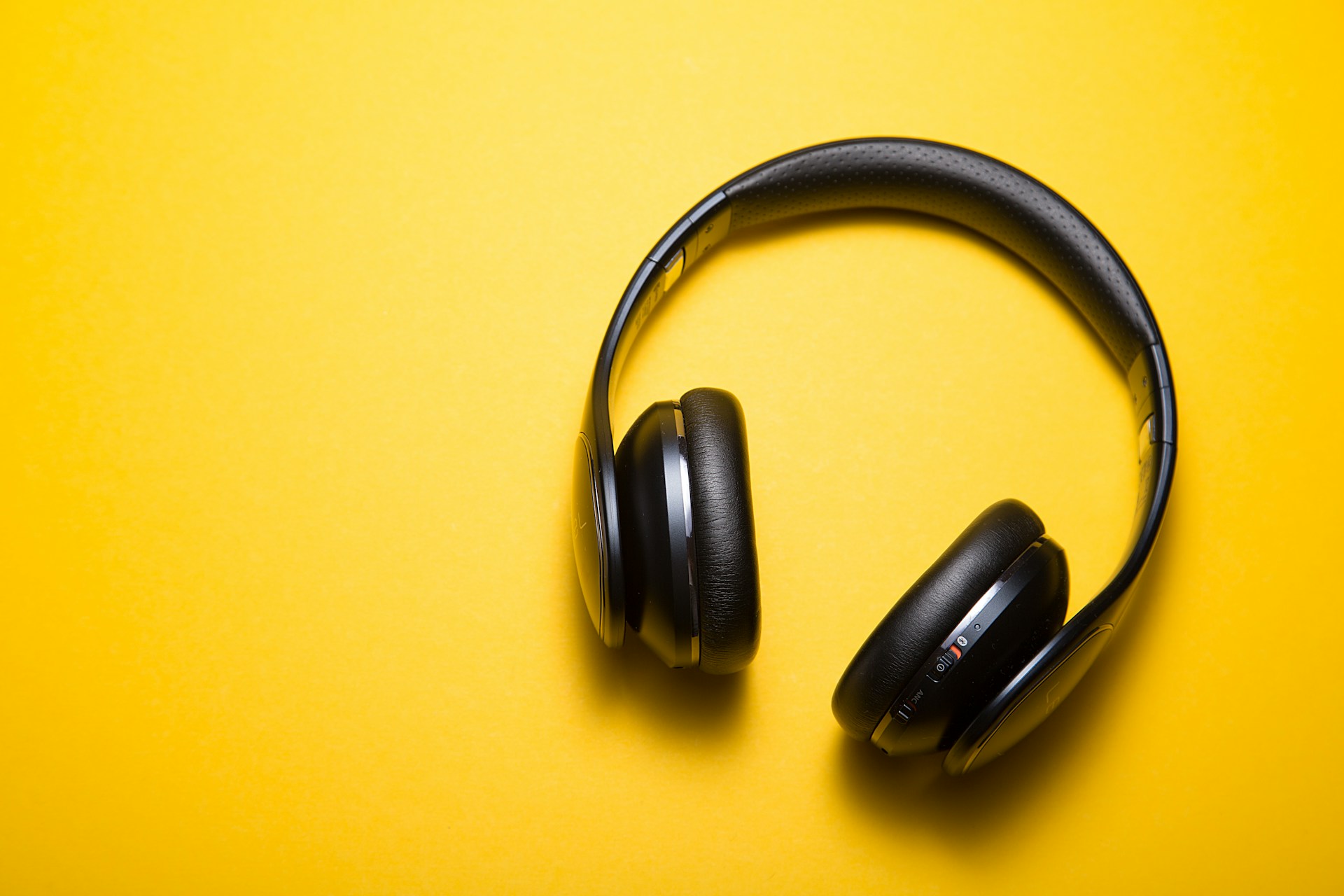

→ Back to our Information Center ←
Terms and conditions for private clients
Click here to see our terms and conditions for business clients
Music Group Denmark A/S and this e-commerce shop will be referred to as "seller, us, we, our, the webshop", while the client purchasing a product from Music Group Denmark A/S will be referred to as "buyer, client, customer, you, your, yours”.
Address:
Music Group Denmark A/S
Norddigesvej 4
DK-8240 Risskov
DENMARK
info@soundstorexl.com
Tel. +45 70273041
Private company
VAT: DK-33777175
Year of establishment: 2011
Delivery
The delivery costs depend on the size and weight of the order as well as the address and country of its destination. Please visit our Information Center for an updated country-specific price list. We reserve the right to charge the actual shipping price in case of goods exceeding the carriers' standard size and weight restrictions. We will inform the customer about this before the order is completed.
You have the option to enter an alternate shipping address, e.g. your workplace, when placing the order.
The sender of the package will be our logistics provider Online Distribution.
Please note:
When you order goods for private delivery, the order can be delivered by one or more carriers due to the fact that our suppliers use different freight companies. Packages will be handled according to the company’s method of conveyance.
You can find a list of our carriers in our Information Center. If you would like to know who will be delivering your order, in most cases you can find the information on Your Account. If this is not stated, please feel free to contact us.
Payment
In our e-commerce store you can pay with the following means of payment:
Credit cards
MasterCard
MasterCard Debit
Maestro
Visa
Visa Electron
The amount will not be drawn until we ship your order and we cannot draw a larger sum than the one you approved at the time of purchase.
Bank transfer
Please transfer the total order amount (including the delivery fee) to our bank Spar Nord Bank A/S:
BIC/Swift code: SPNODK22
IBAN: DK2290041120451932
We will charge no fees for banktransfers.
Gift certificate
Please note that you can only use one gift certificate per order.
For information on other country-specific means of payment, please click here.
When we have received the payment, we will ship your order immediately.
Prices
We reserve the right to cancel an order due to incorrect pricing in our e-commerce store (this might occur due to automatically calculated prices). The automatically generated confirmation, you will receive upon placing your order, is thus simply a copy of the online shopping cart - not our final order confirmation.
It is possible for you to view your previous orders in our online shop (starting from when you created a login with us). After logging on you can print your invoices etc.
Please note that both Danish and international private clients will be charged VAT according to Danish legislation.
Terms and conditions for discount codes and gift certificates
Unless stated otherwise, the following terms apply to the use of discount codes when placing a regular order (not applicable to individually prepared offers).
1. A discount code can only be used once per customer per day.
2. You cannot use more than one discount code per order.
A gift certificate is considered a deposit, not a product purchase. A gift certificate cannot be used as payment for a new one.
Right of return/cancellation
When shopping with us, you have 30 days right of cancellation. It expires 30 days after you:
When returning a product to us, please download our return form, fill it in and include it in the package.
Please note that some goods cannot be returned as normal cargo due to their size (this usually applies to goods over 30 kg or 2 meters in length).
You cannot cancel an order just by refusing to accept delivery without specifically letting us know.
Goods not included in the right of return/cancellation
We do not accept the return of demos and goods that have been made or ordered specifically for you (e.g. items that have been shortened according to your instructions or custom-made items). Furthermore, we do not accept the return of certain product categories, as it is impossible to assess the extent to which they have been used: pickups, pickup needles, bulbs, liquids, paint etc.
Return policy
Please use this return address:
Music Group Denmark A/S
Norddigesvej 4, Gate 6
DK-8240 Risskov
DENMARK
Please note that it is not possible to send us the goods COD.
We only accept products returned in their original packaging and only if the included software is not enabled. This means that when we receive the returned products, they must always be in minimum the same condition as when we shipped them. Therefore we kindly ask you to make sure that the item is properly wrapped. Since you are responsible for the goods until we receive them, we encourage you to keep your track and trace number from the carrier.
Please include a copy of the order confirmation or other documentation for your purchase when returning the item to us.
Please note that you are responsible for covering the shipping costs when returning a product to us.
In cases where the right of cancellation is used, we refund your purchasing price plus the delivery costs (if you had any when the goods were delivered to you) as soon as possible (and no later than 30 days from the day we received notification of your decision to cancel the order).
Please note regarding returned goods:
We always check goods returned to us, and you might lose your payment in part or in full. This happens if a product has been damaged or its value has been reduced. Among other things this could be the case for one of the following reasons:
Refund:
We make the refund with the same means of payment that you used for the original transaction unless we have explicitly agreed otherwise. If you paid with credit card, we will transfer the money back to the same card.
We can withhold the payment until we have received the returned item from you (unless you have submitted documentation for returning it). We refund the amount that you paid for the goods as soon as possible (and no later than 30 days from the day we received notification of your decision to cancel the order).
Read more about the cancellation of orders paid with MasterCard and Visa Card.
If the product is faulty (right of complaint)
When you shop in our e-commerce store you are protected by Danish legislation offering a high level of consumer protection. You have 12 months warranty and 12 months right of complaint which allows you to submit a complaint about errors or omissions that existed when the item was sold.
We do not provide support or warranty on free software (e.g. a trial or limited edition). The manufacturer provides the software support.
It is a requirement that the complaint is justified and that the defect has not arisen as a result of an incorrect use of the product or other damaging behaviour.
Please have a look at our Information Center for answers to frequently asked questions regarding this.
You are also very welcome to contact us. Depending on the specific situation we can tell you where the burden of proof lies, if the goods can be repaired or exchanged or if a discount can be an option.
Repair
If an error occurs with a product within the warranty period (12 months warranty from date of purchase + 12 months right of complaint), please contact us with a detailed description of the issue. Then we can arrange the details of the repair before you ship it.
Sending the product for repair consists of the following steps:
Fill in our online RMA form (repair form) to help us minimize the turnaround time.
Send it to us.
Await our answer regarding repair.
Send the product according to our instructions. We might ask you to send the product directly to the manufacturer to shorten the expedition time. Please note that it is not possible to send the goods COD.
When sending the package you MUST enclose:
An address to which we can return the product after repair
A list of the equipment included in the package, e.g. power supply
A copy of the original invoice (can be found in your customer account)
We will then get back to you as soon as possible.
Repair terms and conditions
The product must be sent securely wrapped, at best in its original box.
In case the stated error cannot be observed, or if the error has been caused by another product, an inspection fee of €55 including VAT is charged by invoice. The amount must be paid before the product can be returned to you.
Please note that you are responsible for covering the shipping costs when sending a product for repair. We pay the costs when returning the product to you after repair (only for private clients and only if the repair is covered by the warranty or right of complaint).
Personal Data Protection Policy
In order for you to enter into an agreement with our e-commerce store, we need the following information:
We solely register this personal information in our system for the purpose of processing your order.
No personal information recorded on our webshops will ever be transferred, sold or made available to third parties. All information is stored in a secure manner and is only available to our trusted employees.
Our e-commerce store has a highly encrypted and secure system for online payments to guarantee your safety when shopping with us.
The webshop system uses so-called cookies to manage the content of your shopping cart. In short, a cookie is the name of a file stored on the buyer's computer. We use these cookies to recognize customers and, for instance, remember what items are in the shopping cart when you shop with us. It is also possible for you to ask the system to store your contact details for your next visit. If you ever want to erase the information stored via cookies, this can be done in the browser settings. In Internet Explorer, for instance, please go to the "Tools" menu and then choose "Internet Options".
In addition, we register the IP address from which the purchase is made. This information is normally not used, but can be used in the case of a police investigation. The IP address is stored as long as necessary in relation to the police investigation. All fraudulent orders will be reported to the police!
According to Danish legislation the personal data are registered with Music Group Denmark and stored for five years after which the information is deleted.
When collecting personal information through our website, it is always done with your preceding consent. In that way you always know which information we have and why.
Our managing director and customer service employees have access to the information that is registered about you. The managing director of Music Group Denmark, Palle Bertelsen, is our systems manager.
When you are registered with Music Group Denmark A/S, you are always entitled to object to the registration. According to Danish legislation you also have the right to insight in the information we have on you. Please contact Music Group Denmark on info@soundstorexl.com regarding this matter.
Log entry
We use log statistics on our e-commerce store, which means that our system collects information that can give us statistics on e.g. the number of visitors, where they come from and where on our shop they drop out. Log statistics are used only for the purpose of optimizing our online shop.
You can choose to have your email address included on our mailing list. After registering you will regularly receive news and other information regarding our e-commerce stores. You may subscribe or unsubscribe this service at any time.
When you are registered with Music Group Denmark A/S, you are always entitled to object to the registration. According to Danish legislation you also have the right to insight in the information we have on you. Please contact Music Group Denmark regarding this matter:
Music Group Denmark A/S
Norddigesvej 4
DK-8240 Risskov
DENMARK
VAT: DK-33777175
Tel.: +45 7027 3041
info@soundstorexl.com
Complaints
If you want to complain of your purchase, please contact our customer service at info@soundstorexl.com or telephone +45 70273041.
→ Back to our Information Center ←